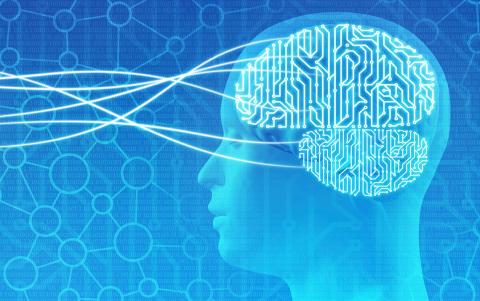Guides Proposed for Alzheimer’s-Like LATE

Photo: Maxiphoto/iStock
A recently recognized brain disorder that mimics clinical features of Alzheimer’s disease has for the first time been defined with recommended diagnostic criteria and other guidelines for advancing and catalyzing future research. Scientists from several NIH-funded institutions, in collaboration with international peers, described the newly named pathway to dementia, Limbic-predominant Age-related TDP-43 Encephalopathy, or LATE, in a report published in Brain.
"While we’ve certainly been making advances in Alzheimer’s disease research—such as new biomarker and genetic discoveries—we are still at times asking, ‘When is Alzheimer’s disease not Alzheimer’s disease in older adults?’" said NIA director Dr. Richard Hodes. "The guidance provided in this report, including the definition of LATE, is a crucial step toward increasing awareness and advancing research for both this disease and Alzheimer’s as well."
Alzheimer’s is the most common form of dementia, which is the loss of cognitive functions—thinking, remembering and reasoning—and everyday behavioral abilities. In the past, Alzheimer’s and dementia were often considered to be the same. Now there is rising appreciation that a variety of diseases and disease processes contribute to dementia. Each of these diseases appear differently when a brain sample is examined at autopsy. However, it has been increasingly clear that in advanced age, a large number of people had symptoms of dementia without the telltale signs in their brain at autopsy.
